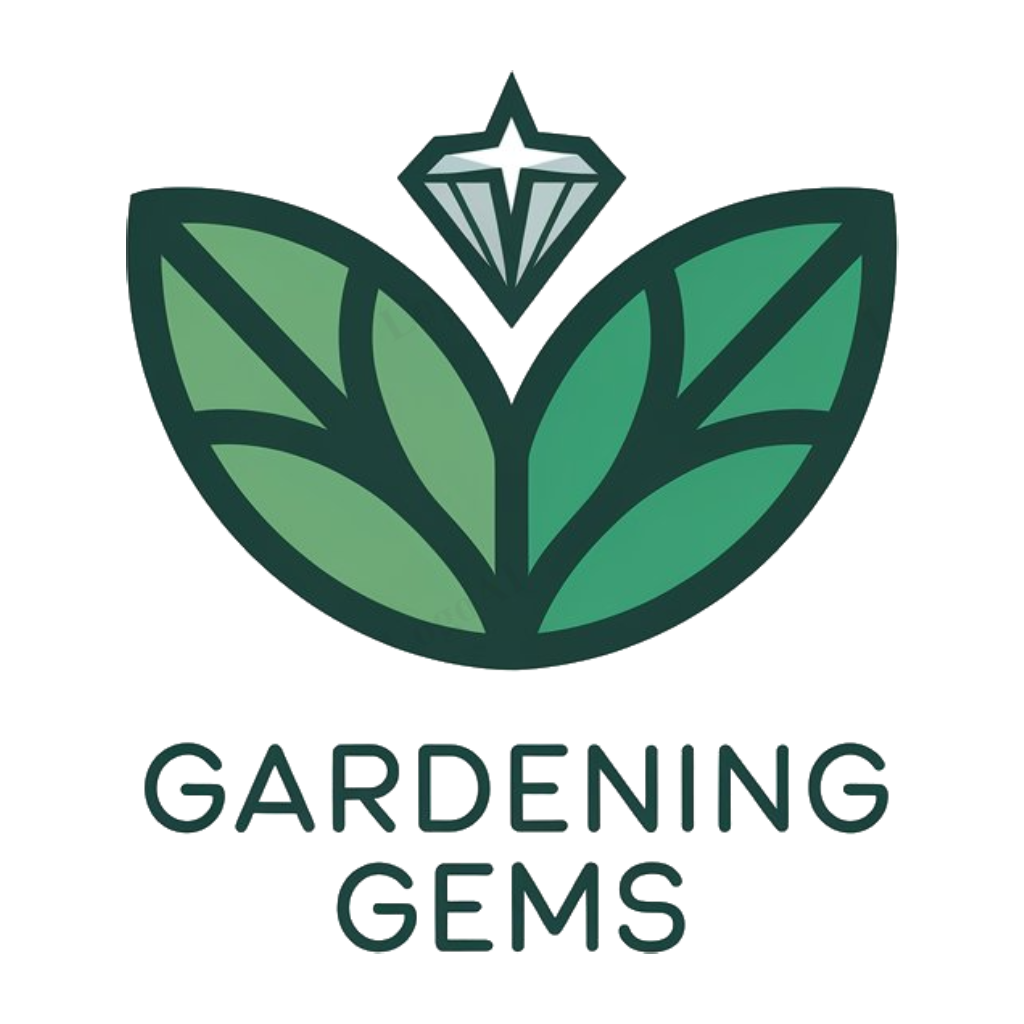Are you ready to grow your own garden and make it look amazing? You’re about to learn the secrets of home gardening, and it’s going to be super fun! You’ll discover how to plant, water, and take care of your plants like a pro.
Get ready to unleash your green thumb and watch your garden come alive with colorful flowers, tasty fruits, and yummy veggies. With these simple and easy tips, you’ll be able to grow your favorite foods and make your garden the best on the block. Start your gardening adventure now and get ready to harvest your amazing results!
Choosing the Right Plants

Choosing the right plants is vital for a successful home garden. Consider factors like climate, soil type, and available sunlight to select plants that thrive in your environment. Research the specific needs of each plant, including watering and maintenance requirements, to guarantee a beautiful and sustainable garden. Select a mix of annuals and perennials for year-round interest.
Preparing the Soil
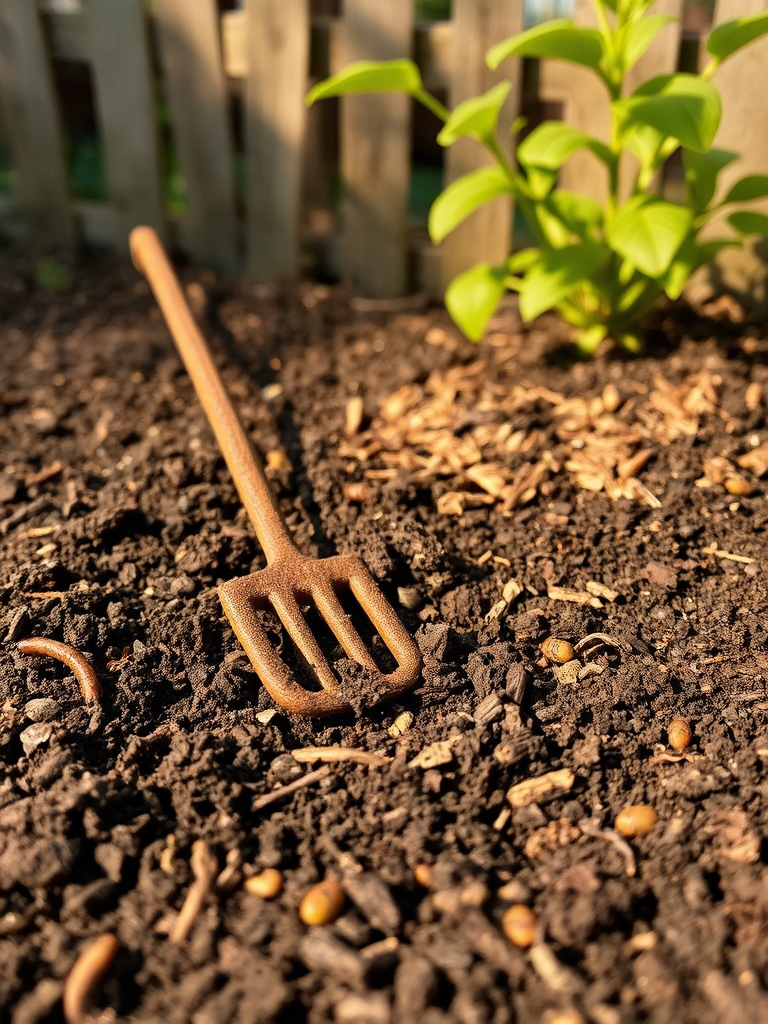
Preparing the soil is a vital step in home gardening. It involves testing the pH level, removing debris, and adding organic matter like compost or manure to improve fertility and drainage. This process helps create a conducive environment for plant growth, allowing roots to penetrate deeper and absorb essential nutrients for healthy development. Proper soil preparation enhances overall garden productivity.
Garden Layout and Design
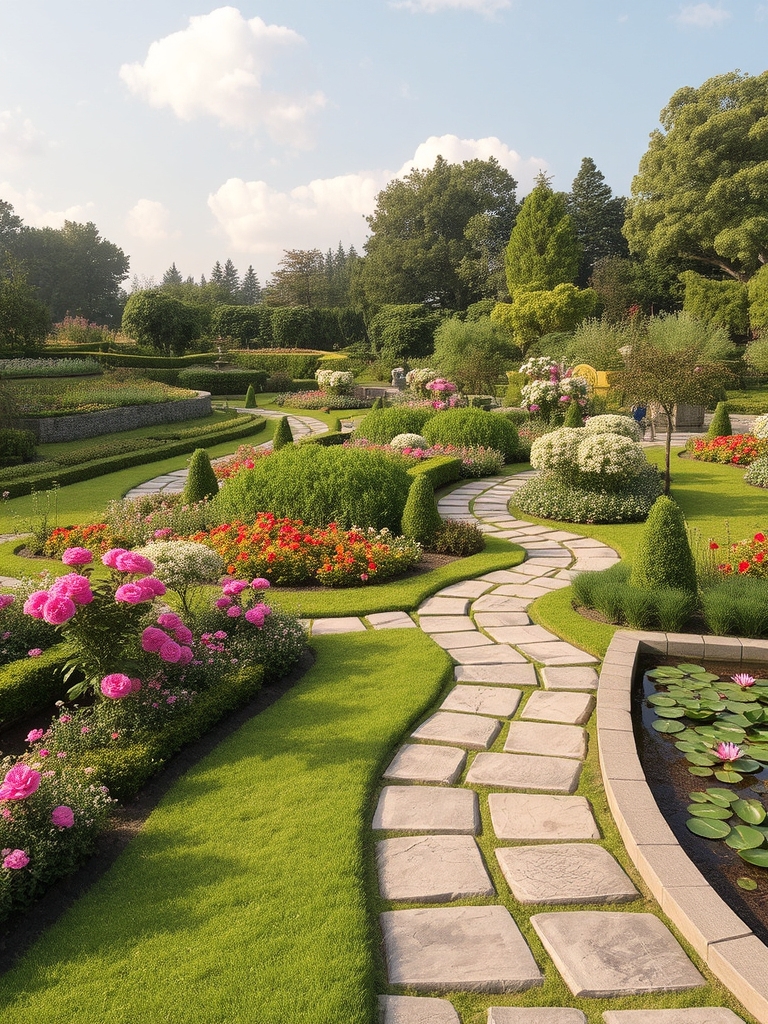
Effective garden layout and design involves careful planning, considering factors such as sunlight, soil type, and space constraints. A well-designed garden can maximize growth, minimize maintenance, and create a visually appealing outdoor space. Key elements include pathways, borders, and plant groupings, which work together to create a functional and beautiful garden.
Understanding Sunlight and Shade
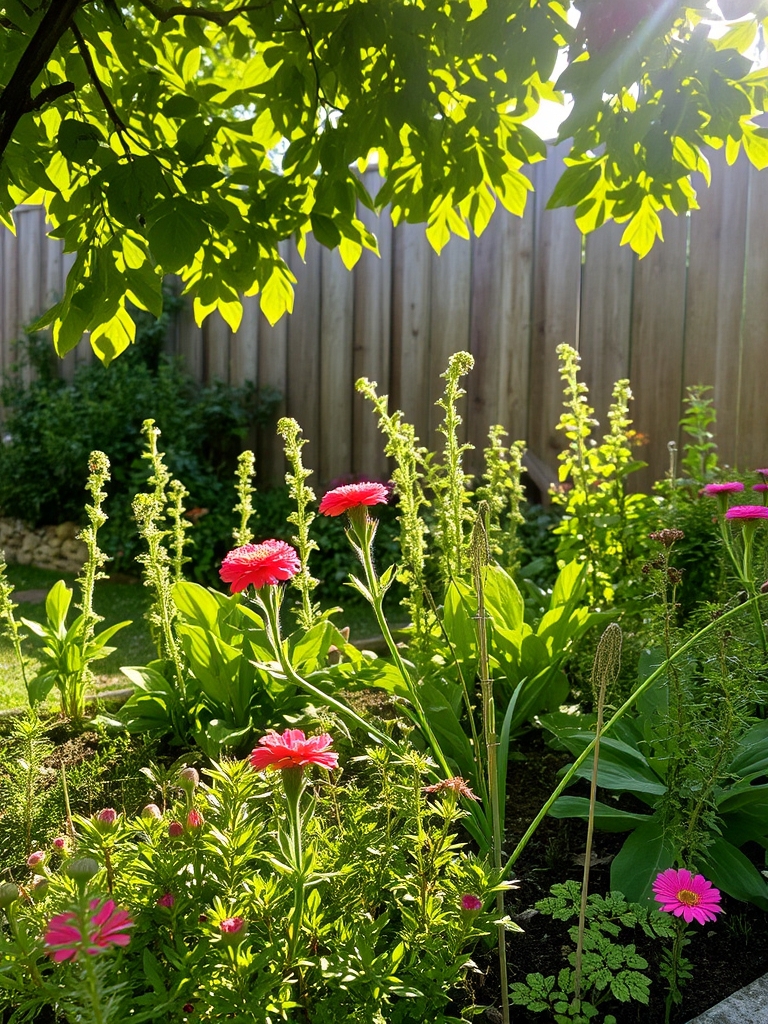
Understanding sunlight and shade is vital for home gardening. Most plants require specific amounts of sunlight to thrive, ranging from full sun to partial shade. Evaluating the sunlight patterns in your garden helps determine the best placement for plants, ensuring they receive the necessary light for ideal growth and health.
Watering Techniques and Tips
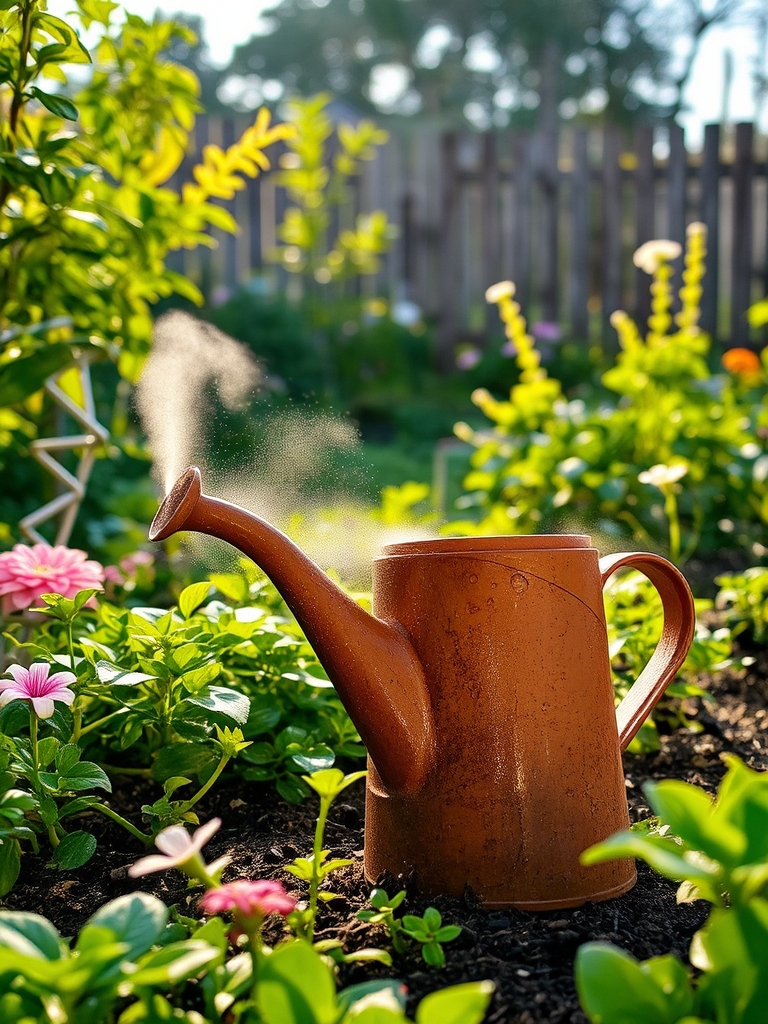
Proper watering techniques are essential for home gardening. Overwatering can be detrimental, while underwatering can stress plants. Water deeply but infrequently to encourage deep root growth. Check soil moisture by inserting a finger into the soil, and water during cooler parts of the day to minimize evaporation.
Essential Gardening Tools
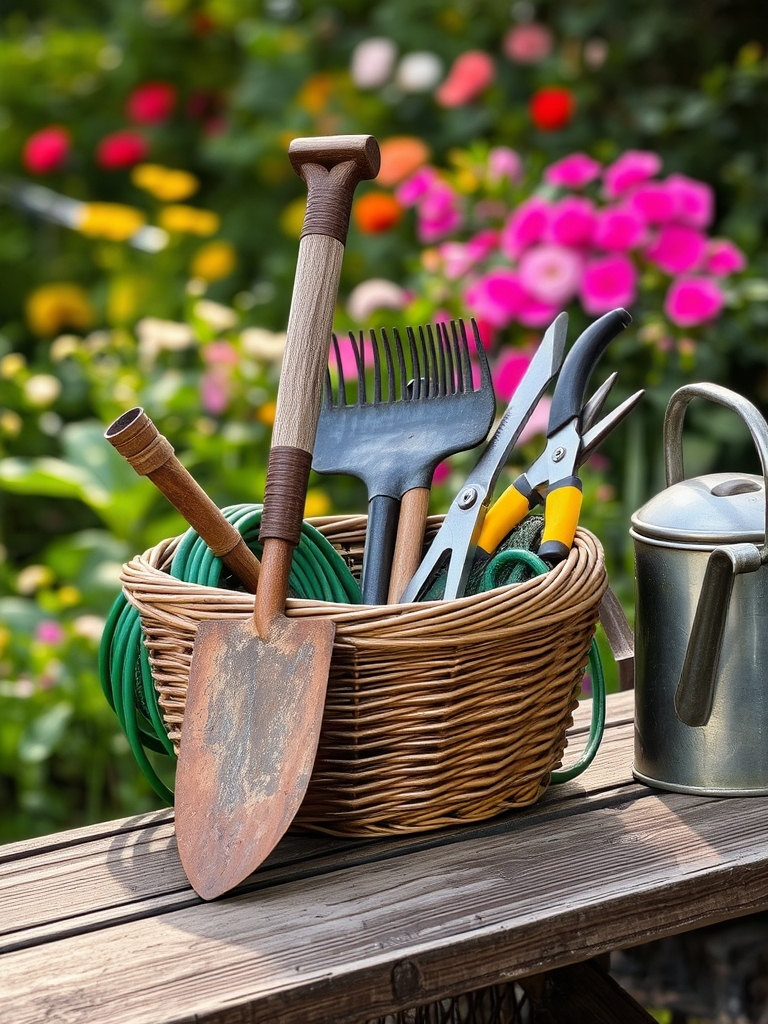
Essential gardening tools include a shovel, trowel, rake, and pruning shears. These tools help with tasks like planting, weeding, and maintenance. A watering can or hose is also necessary for irrigation. Additional tools like gloves and a gardening fork can provide comfort and efficiency while working in the garden. Proper tools make gardening easier and more enjoyable.
Starting Seeds Indoors
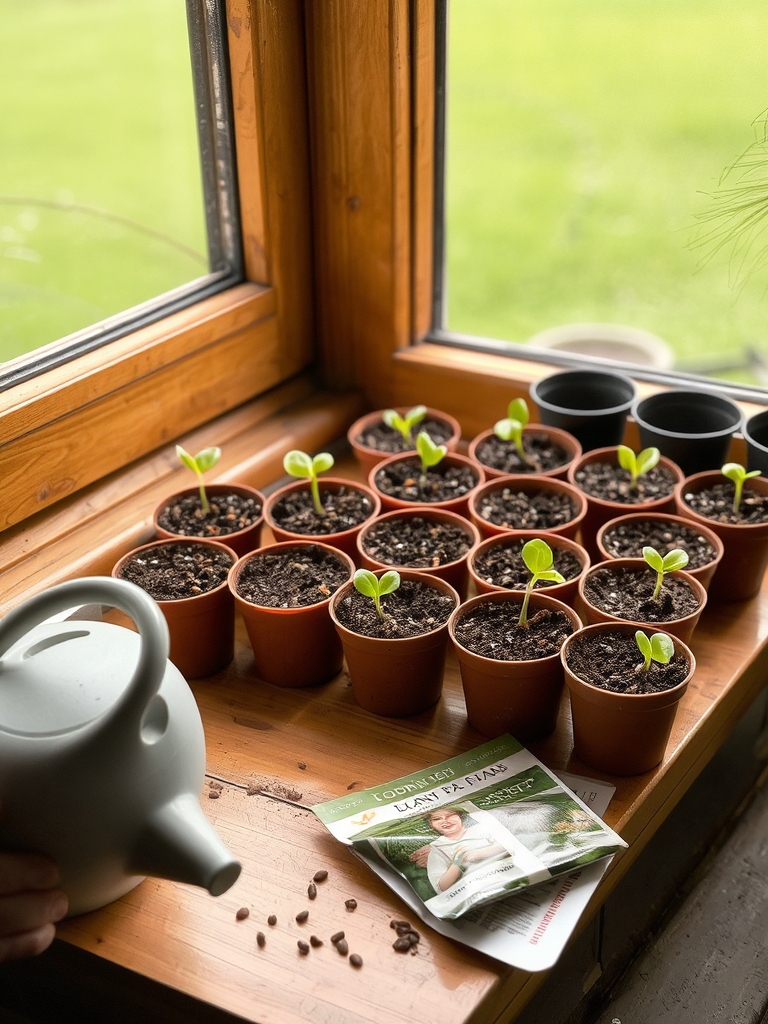
Starting seeds indoors allows for earlier planting and healthier seedlings. Begin with good quality seeds, sterile potting mix, and adequate light. Sow seeds at the correct depth and water gently. Provide ideal temperatures and humidity. Transplant seedlings outdoors when weather permits, hardening them off to prevent shock. This head start gives plants a strong foundation for growth.
Transplanting Seedlings
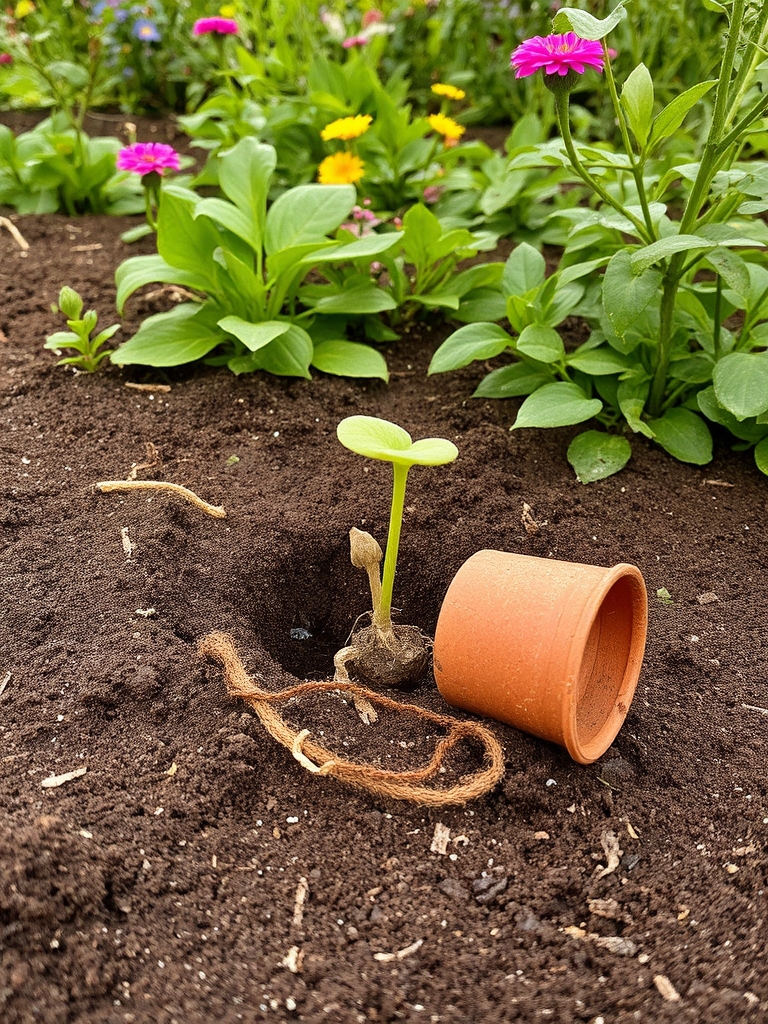
Transplanting seedlings involves moving them from indoor containers to outdoor gardens. This process requires careful handling to prevent shock and promote healthy growth. Choose a cloudy day or late afternoon to minimize stress, and water the seedlings thoroughly before and after transplanting. Dig a hole slightly larger than the container and gently place the seedling in its new location.
Composting and Mulching
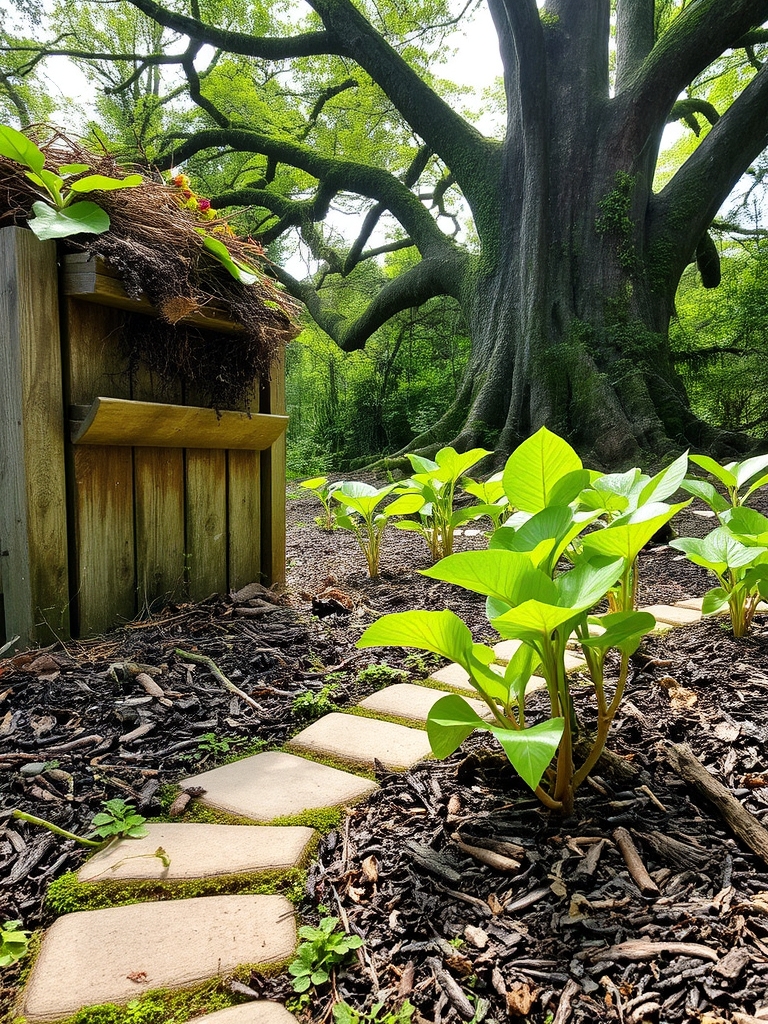
Composting and mulching are essential techniques for home gardening. Composting involves breaking down organic matter into nutrient-rich soil, while mulching retains moisture and suppresses weeds. Both methods promote healthy plant growth, reduce waste, and create a sustainable gardening environment. They help conserve water, reduce the need for fertilizers, and support biodiversity in the garden.
Controlling Weeds and Pests
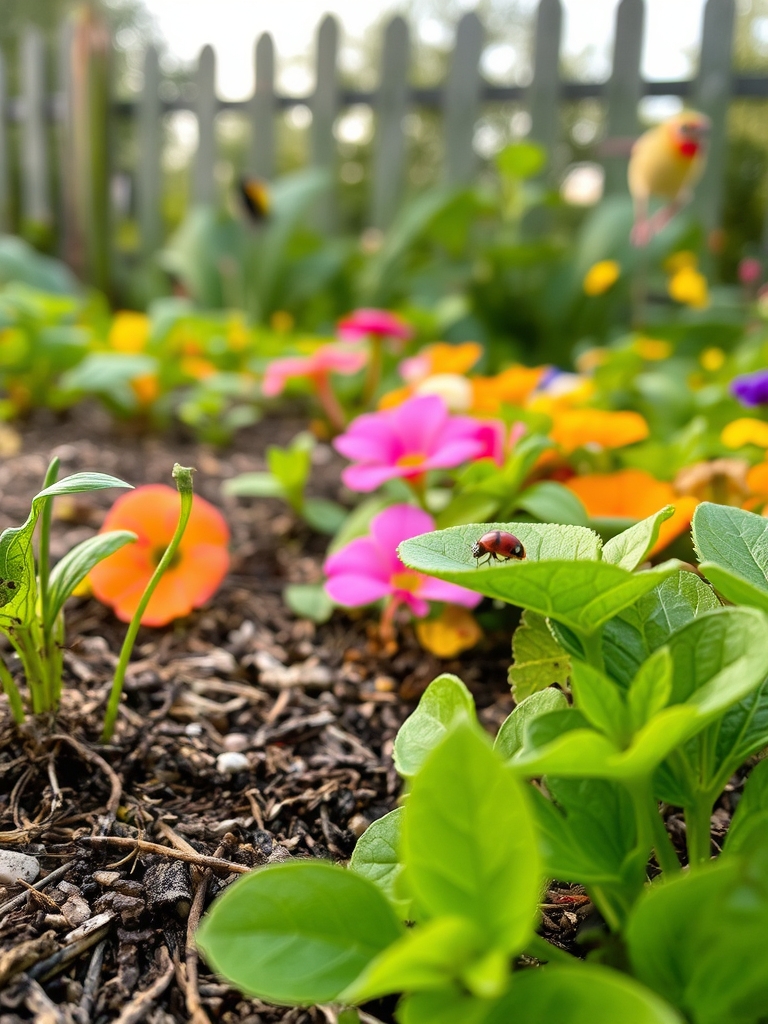
Controlling weeds and pests is vital for a healthy garden. Weeds compete with plants for water and nutrients, while pests can cause damage and spread disease. Effective methods for control include hand-weeding, mulching, and using organic or chemical pest control solutions, as well as introducing beneficial insects to maintain a balanced ecosystem.
Fertilizing Your Garden
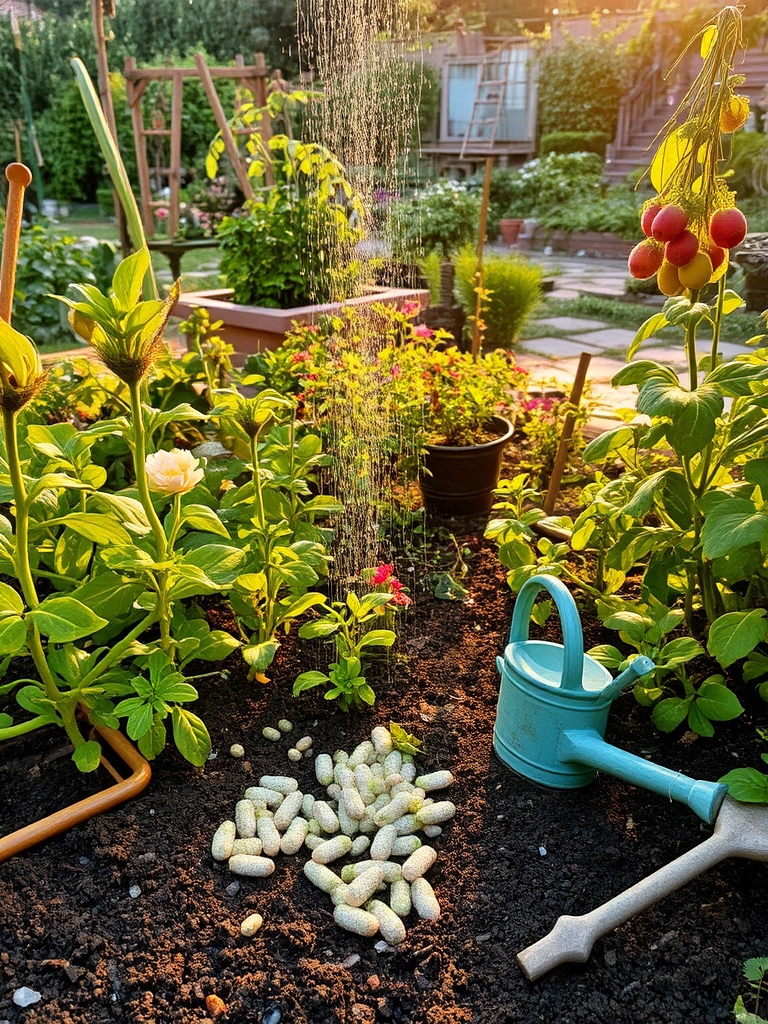
Fertilizing your garden provides essential nutrients for plant growth and development. Choose from organic or synthetic fertilizers, considering factors like soil type and plant needs. Apply fertilizers at the right time, following package instructions to avoid over-fertilizing, which can harm plants and the environment. Regular fertilization promotes healthy plant growth and maximizes yields.
Pruning and Training Plants
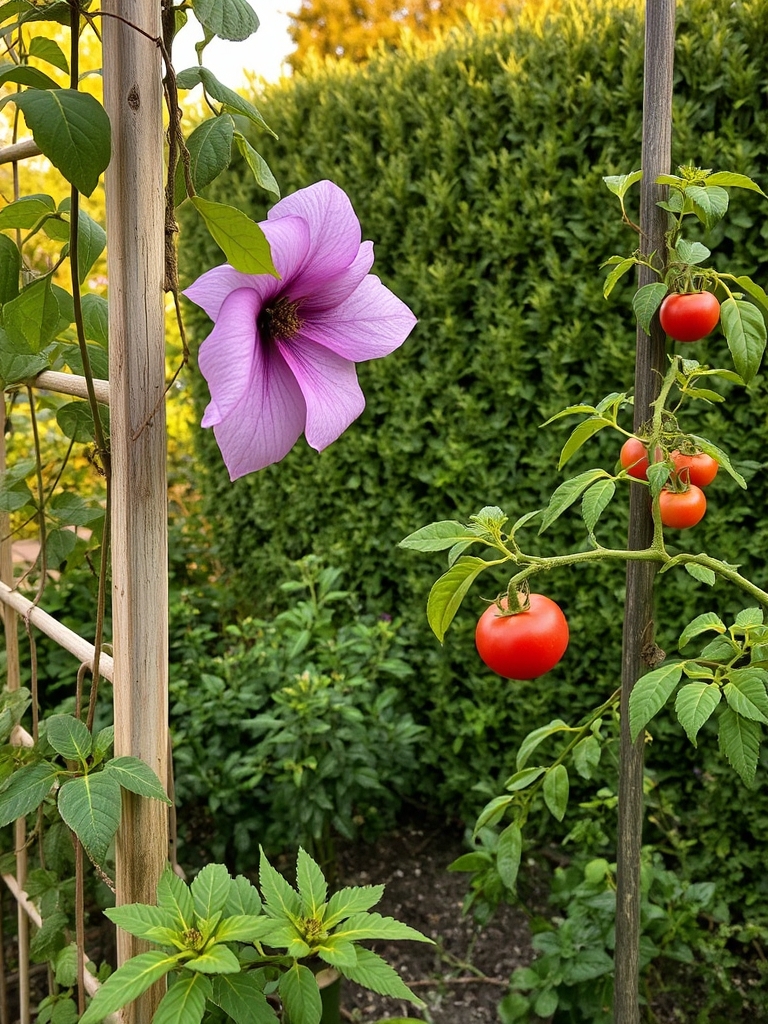
Pruning and training plants are essential gardening techniques. Pruning involves cutting or removing plant parts to maintain shape, promote growth, and encourage fruiting. Training involves guiding plants to grow in a specific direction or shape, often using supports like trellises or stakes, to maximize space and improve yields. Regular pruning and training help plants thrive. Proper techniques are vital. Timing is also key.
Supporting Plants and Structures
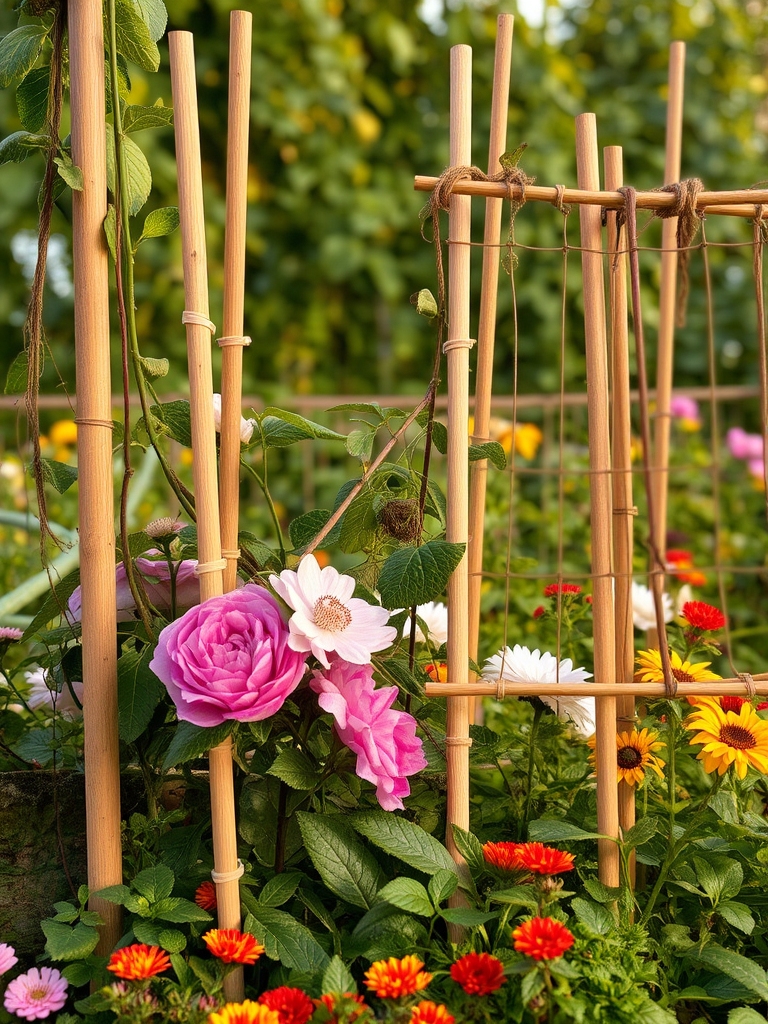
Supporting plants and structures involve using stakes, trellises, and cages to help plants grow upright and maintain their shape. This is especially important for climbing plants, heavy fruiting plants, and top-heavy flowers. Proper support can prevent damage, promote healthy growth, and add visual appeal to the garden. It also helps to maximize space and increase yields.
Creating a Flower Garden
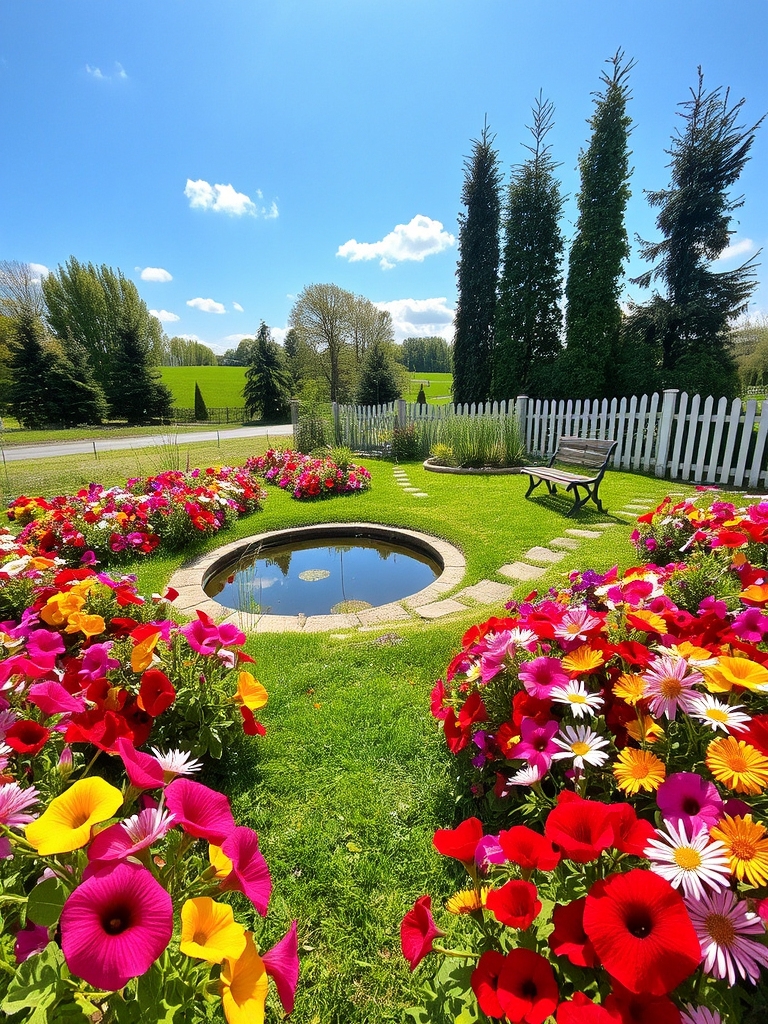
Creating a flower garden involves selecting a suitable location, preparing the soil, and choosing a variety of flowers that thrive in the local climate. Consider factors like sunlight, soil type, and moisture levels when selecting flowers, and arrange them in a visually appealing pattern to create a beautiful and vibrant garden.
Maintaining Garden Paths and Borders
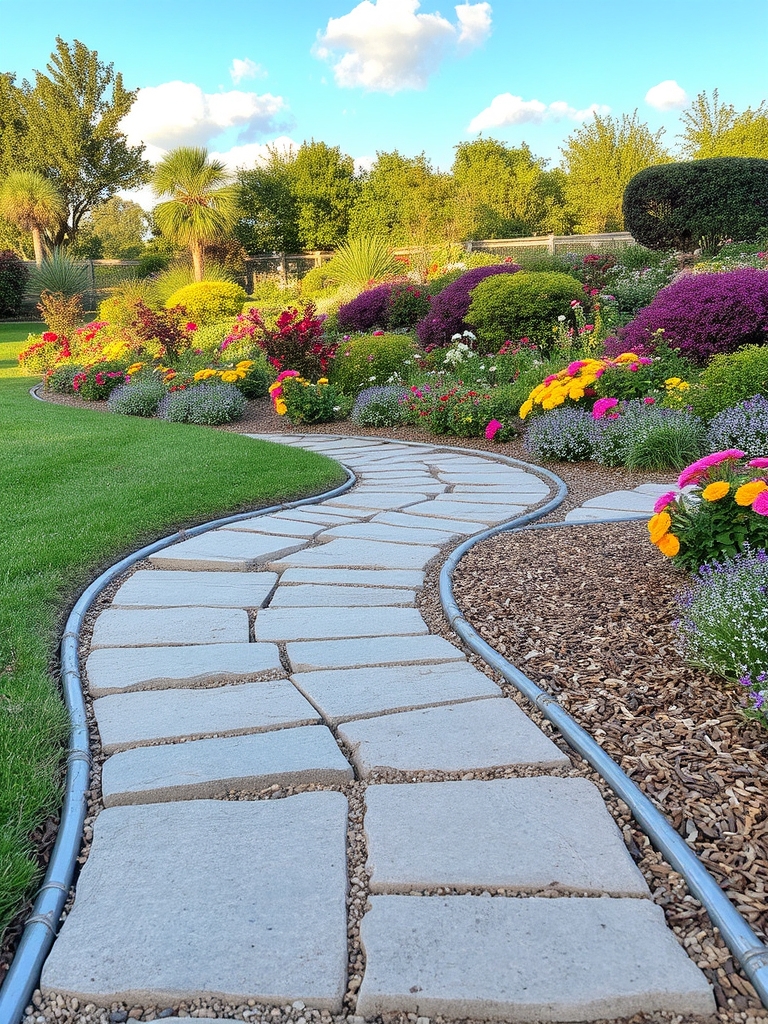
Maintaining garden paths and borders is essential for a well-manicured garden. Regularly weed and edge paths to prevent overgrowth. Use materials like wood chips or gravel to define borders and prevent soil erosion. Install physical barriers, such as metal or plastic edging, to separate garden beds from paths and lawns. This helps maintain a clean and organized garden appearance.
Dealing With Common Garden Problems

Common garden problems can be frustrating, but many are easily solvable. Pests, diseases, and nutrient deficiencies are frequent issues. Identifying the problem is key to finding a solution. Inspect plants regularly, research symptoms, and take action promptly to prevent further damage and guarantee a healthy, thriving garden. Regular maintenance also helps prevent problems.
Seasonal Gardening and Planning
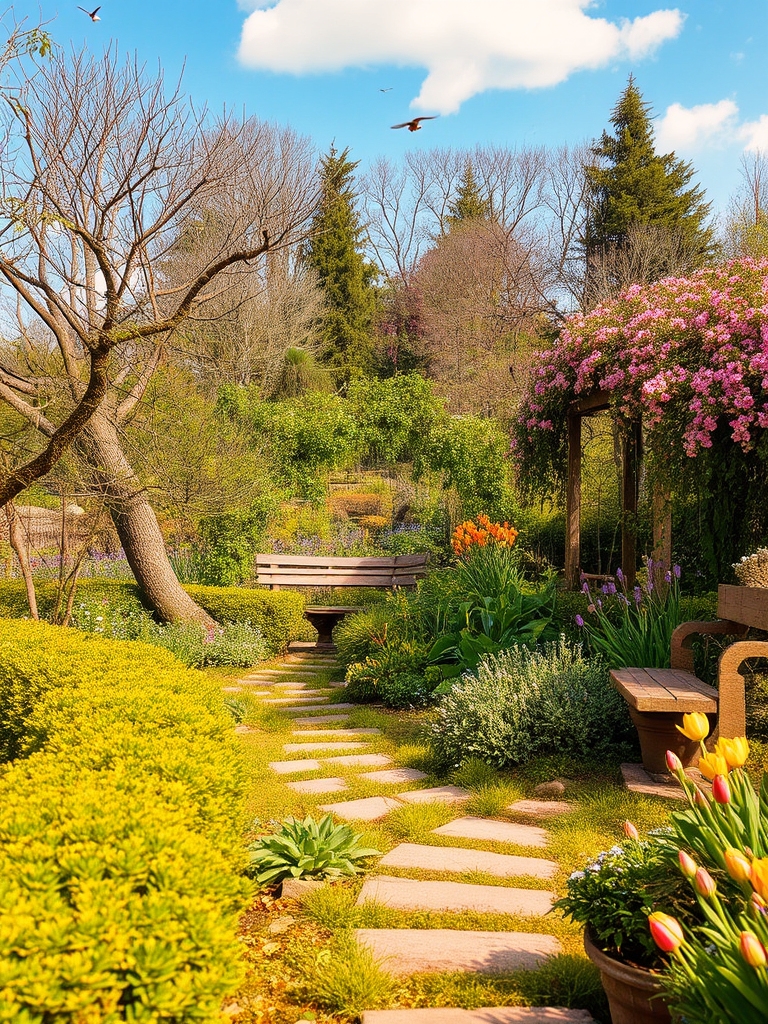
Seasonal gardening and planning involves preparing and maintaining your garden throughout the year. This includes planting seasonal flowers and crops, pruning, and applying fertilizers and pest control at the right times. A well-planned seasonal garden guarantees year-round beauty and productivity, with each season bringing new opportunities to grow and enjoy different plants and harvests.
Conclusion
You’ll successfully cultivate a superb space by skillfully selecting species, sanctioning soil swaps, and scheduling seasonal shifts, ensuring sophisticated surroundings spotlight stunning shrubs and serene scenery, simplifying small-scale setbacks and stubborn pests.
